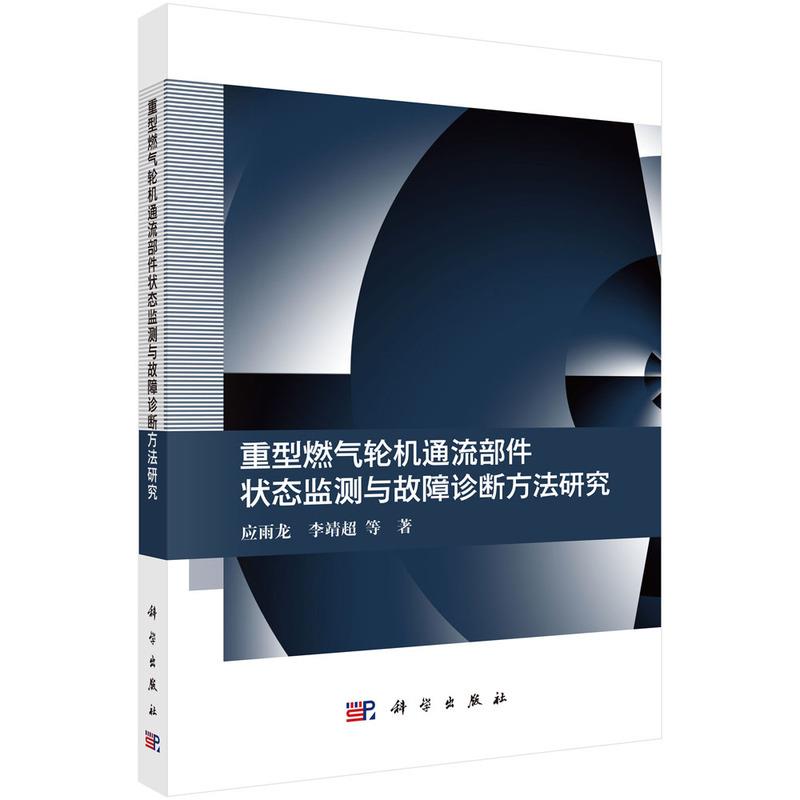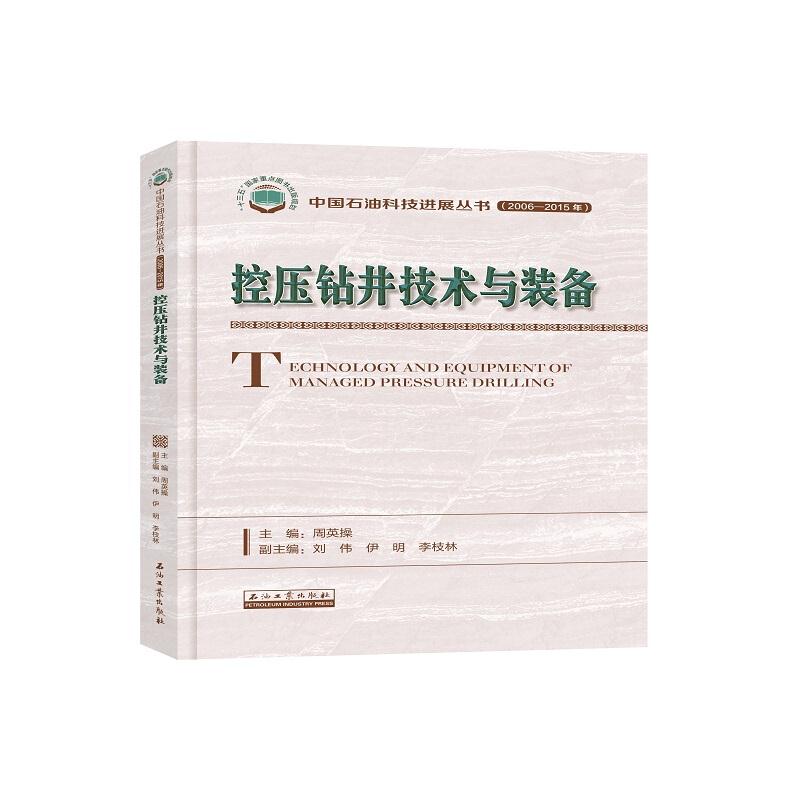暂无商品咨询信息 [发表商品咨询]



随着页岩油气的大规模开发,压裂诱发套管变形问题非常突出。本书将系统介绍作者近年来基于储层地质力学、套管变形力学、水力压裂力学而建立的套管变形地质工程一体化防控技术。内容包括流体通道-断层激活模型和套管变形机理、流体通道类型和形成条件、套管变形风险预测技术、基于微地震和压裂施工曲线的套管变形预警技术、 基于水力压裂模拟的套管变形控制技术以及“以柔克刚”的套管变形预防理念及技术等。
Contents
1 Introduction 1
1.1 Overview of Shale Gas Development in Sichuan 1
1.2 Main Technologies for Shale Gas Development in Sichuan 3
1.3 Deformation of Shale Gas Casing and Its Influence in Sichuan 7
1.4 Research Status of Casing Deformation for Sichuan Shale Gas 11
1.4.1 Influence of Temperature Stress on Casing
Deformation 12
1.4.2 Influence of Asymmetric Fracturing on Casing Deformation 12
1.4.3 Influence of Cementing Quality on Casing Deformation 13
1.4.4 Influence of Fault Slip on Casing Deformation 14
1.5 Summary 16
References 16
2 Causes and Mechanisms of Casing Deformation 19
2.1 Shape Features of Casing Deformation 19
2.2 Analysis on Geological and Engineering Causes of Casing Deformation 24
2.2.1 Analysis on Geological Cause of Casing Deformation 28
2.2.2 Analysis on Engineering Cause of Casing Deformation 30
2.3 Fluid Channel–Fault Activation Model and Casing Deformation Mechanism 33
2.4 Analysis of Fault/Fracture Activation Instances in Changning Block 36
2.4.1 Mechanical Conditions for Fault Activation 36
2.4.2 In-Situ Stress Characteristics in Changning, Sichuan 38
2.4.3 Shale Friction Coefficient 41
2.4.4 Fracture Zone Characteristics in Changning, Sichuan 43
2.4.5 Fracturing Treatment Pressure Characteristics of Changning Block 44
2.4.6 Fracture Zone Activity Analysis of in Changning 46
2.5 Summary 52
References 53
3 Types and Forming Conditions of Fluid Channels 55
3.1 Mechanical Conditions for Formation of Bedding Channels 55
3.2 Analysis of Mechanical Conditions and Influencing Factors for Formation of Sidewall Channels 58
3.2.1 Mechanical Model of Casing–cement Sheath–surrounding Rock System Under
Internal Pressure 59
3.2.2 Stress Analysis and Microannulus Solution While Unloading the Internal Pressure of Casing 67
3.2.3 Experimental Verification 69
3.2.4 Analysis of Influencing Factors 72
3.2.5 Conclusions 76
3.3 Field Case Analysis of Sidewall Channel 77
3.4 Summary 84
References 84
4 Assessment and Prediction of Fault/Fracture Slip Risk 87
4.1 Quantitative Estimation of Fault Slip Risk Based on Differential Pressure 87
4.2 QRA Fault/Fracture Slip Risk Assessment 91
4.3 Fault/Fracture Slip Risk Assessment for Well Ning 201-H1 93
4.4 Fault Slip Risk Assessment for the H19 Pad in the Ning 201
Well Block 97
4.5 Risk Assessment and Prediction of Fault Slip in the Ning 209
Well Block 105
4.5.1 Project Background 105
4.5.2 Fault/Fracture Identification 106
4.5.3 Characteristics of In-Situ Stress Distribution 108
4.5.4 Fault Slip Risk Assessment 110
4.5.5 Analysis Results 114
4.6 Summary 115
References 117
5 Quantitative Analysis Technique of Fault Slippage and Casing Deformation 119
5.1 The Calculation Method of Casing Deformation 119
5.2 The Relationship Between Casing Deformation and the Scale of Fault/Fracture 121
5.3 Method for Calculating Fault Slippages at Different Positions 125
5.3.1 Fault Slip Displacement Calculation Method 125
5.3.2 Application of Fault Slip Volume Analysis in Well Ning 201-H1 127
Contents xiii
5.3.3 Application of Fault Slip Magnitude Analysis in Changning H19 Pad 131
5.4 Summary 138
References 138
6 Casing Deformation Early Warning Technology 139
6.1 Introduction 139
6.2 Microseismic Temporal and Spatial Characteristics of Casing-DeformedWells 139
6.3 Microseismic B Value Characteristics of Casing-Deformed Wells 143
6.4 Seismic Source Model-Based Theoretical Analysis 146
6.5 Fracturing Curve Characteristics of Casing-Deformed Wells 148
6.6 Casing Deformation Early Warning Method Based on Microseismic Data and Fracturing Treatment Parameters 151
6.7 Field Case of Casing Deformation EarlyWarning 154
6.8 Conclusions 160
References 161
7 Casing Deformation Control Technology 163
7.1 Impacts of Injection Rate and Fluid Viscosity on Fault Slippage 164
7.1.1 Model Creation 164
7.1.2 Simulation Results and Verification 167
7.1.3 Analysis of Parameter Impacts 171
7.2 Impacts of Pump Rate and Injected Fluid Volume on Fault Activation 175
7.2.1 Creation of Fracture Model 175
7.2.2 Creation of In-Situ Stress Model 176
7.2.3 Hydraulic Fracturing Simulation and Verification 176
7.2.4 Operation Parameter Sensitivity Analysis 180
7.2.5 Discussions and Conclusions 186
7.3 Impact of Multi-Cluster Perforation on Fault Activation 187
7.4 Field Application Results 190
7.5 Summary 191
References 192
8 Casing Deformation Prevention Technology 193
8.1 Existing PreventionMeasures and Effects 193
8.2 Interaction Model Between Fault Slip and Casing 194
8.2.1 Structural Characteristics of the Shale Rock Mass of the Longmaxi Formation 196
8.2.2 Interaction Pattern Between Casing and Stratum 198
8.3 The Numerical Model of Casing Shear Deformation Caused by Slip of Fractured Block 200
8.3.1 Finite Difference Model of Stratum–cement Sheath–casing 201
xiv Contents
8.3.2 Phased Simulation of Casing Deformation Caused by Fault Slip 202
8.3.3 Model Validation 204
8.4 Analysis of Influencing Factors of Casing Deformation 206
8.4.1 The Distribution Pattern of Casing Deformation and Stress 206
8.4.2 Influence of Casing Steel Grade 207
8.4.3 Influence of Casing Wall Thickness 209
8.4.4 Influence of Young’s Modulus of Well Cement 209
8.4.5 Influence of Cement Sheath Thickness 210
8.5 Techniques for Prevention of Casing Deformation 211
8.5.1 Adding Elastic Material to Cement Slurry 211
8.5.2 Expanded Rubber Composite Casing 214
8.6 Summary 218
References 218
| 基本信息 | |
|---|---|
| 出版社 | 科学出版社 |
| ISBN | 9787030817457 |
| 条码 | 9787030817457 |
| 编者 | 陈朝伟 著 |
| 译者 | -- |
| 出版年月 | 2025-05-01 00:00:00.0 |
| 开本 | 其他 |
| 装帧 | 平装 |
| 页数 | 238 |
| 字数 | 350000 |
| 版次 | 1 |
| 印次 | |
| 纸张 | 一般胶版纸 |
暂无商品评论信息 [发表商品评论]
暂无商品咨询信息 [发表商品咨询]